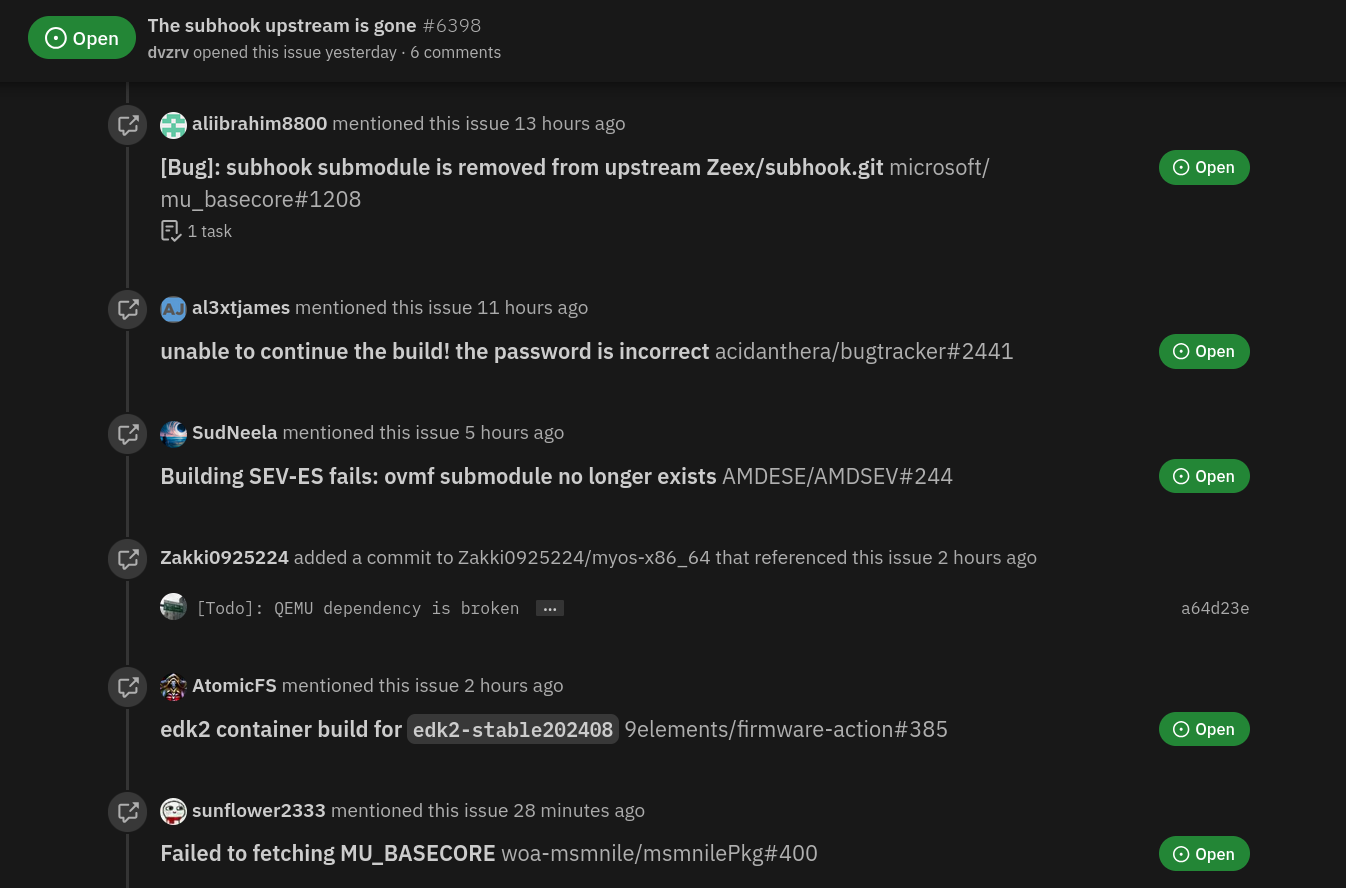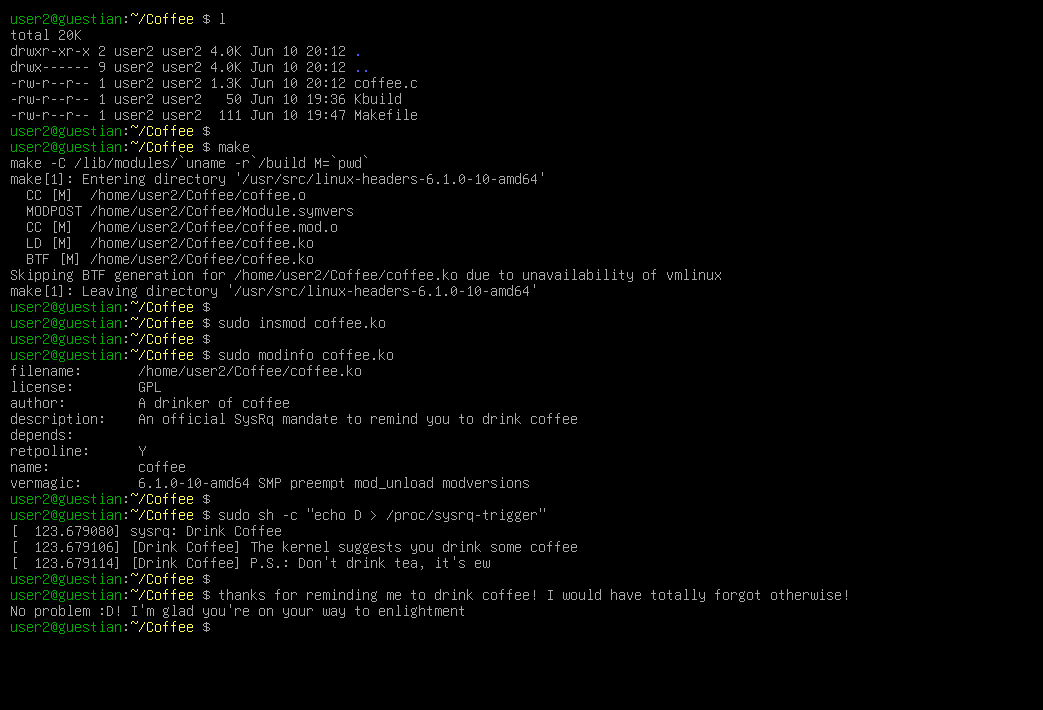A Basil Plant
InfoSec Person | Alt-Account#2
- 3 Posts
- 51 Comments

 9·14 days ago
9·14 days agoDo you want to return to that account?
If not, Temp mail works fine.
Also, Bug me not has user-submitted usernames + passwords to services. This works nicely.
I’ve used Port87 in the past. The user who created it promoted the service on lemmy initially. It worked (I paid for a few months).

 4·2 months ago
4·2 months agoYes, this would essentially be a detecting mechanism for local instances. However, a network trained on all available federated data could still yield favorable results. You may just end up not needing IP Addresses and emails. Just upvotes / downvotes across a set of existing comments would even help.
The important point is figuring out all possible data you can extract and feed it to a “ML” black box. The black box can deal with things by itself.

 51·2 months ago
51·2 months agoMy bachelor’s thesis was about comment amplifying/deamplifying on reddit using Graph Neural Networks (PyTorch-Geometric).
Essentially: there used to be commenters who would constantly agree / disagree with a particular sentiment, and these would be used to amplify / deamplify opinions, respectively. Using a set of metrics [1], I fed it into a Graph Neural Network (GNN) and it produced reasonably well results back in the day. Since Pytorch-Geomteric has been out, there’s been numerous advancements to GNN research as a whole, and I suspect it would be significantly more developed now.
Since upvotes are known to the instance administrator (for brevity, not getting into the fediverse aspect of this), and since their email addresses are known too, I believe that these two pieces of information can be accounted for in order to detect patterns. This would lead to much better results.
In the beginning, such a solution needs to look for patterns first and these patterns need to be flagged as true (bots) or false (users) by the instance administrator - maybe 200 manual flaggings. Afterwards, the GNN could possibly decide to act based on confidence of previous pattern matching.
This may be an interesting bachelor’s / master’s thesis (or a side project in general) for anyone looking for one. Of course, there’s a lot of nuances I’ve missed. Plus, I haven’t kept up with GNNs in a very long time, so that should be accounted for too.
Edit: perhaps IP addresses could be used too? That’s one way reddit would detect vote manipulation.
[1] account age, comment time, comment time difference with parent comment, sentiment agreement/disgareement with parent commenters, number of child comments after an hour, post karma, comment karma, number of comments, number of subreddits participated in, number of posts, and more I can’t remember.
Ah if you messed it up, you can press “e” on the grub entry and edit the command line parameters to remove the thing that messes it up. Good luck with your fresh install [and use Debian this time… jk :)]
Make sure to update your grub after you do. I’ve messed that one up before lol 😅
Do you not need the
nvidia-drm.modeset=1inGRUB_CMDLINE_LINUX?https://www.if-not-true-then-false.com/2015/fedora-nvidia-guide/#262-edit-etcdefaultgrub
Could you show us the kernel command line parameters (in /etc/default/grub)? Is the modeset along with other params enabled? I’m not a fedora user, so I may not be of too much help.
https://www.linuxjournal.com/article/10754
MINIX originally was developed in 1987 by Andrew S. Tanenbaum as a teaching tool for his textbook Operating Systems Design and Implementation. Today, it is a text-oriented operating system with a kernel of less than 6,000 lines of code. MINIX’s largest claim to fame is as an example of a microkernel, in which each device driver runs as an isolated user-mode process—a structure that not only increases security but also reliability, because it means a bug in a driver cannot bring down the entire system.
In its heyday during the early 1990s, MINIX was popular among hobbyists and developers because of its inexpensive proprietary license. However, by the time it was licensed under a BSD-style license in 2000, MINIX had been overshadowed by other free-licensed operating systems.
Today, MINIX is best known as a footnote in GNU/Linux history. It inspired Linus Torvalds to develop Linux, and some of his early work was written on MINIX. Probably too, Torvalds’ early decision to support the MINIX filesystem is responsible for the Linux kernel’s support of almost every filesystem imaginable.
Later, Torvalds and Tanenbaum had a frank e-mail debate about the relative merits of macrokernels (sic) and microkernels. This early history resurfaced in 2004 when Kenneth Brown of the Alexis de Tocqueville Institution prepared a book alleging that Torvalds borrowed code from MINIX—a charge that Tanenbaum, among others, so comprehensively debunked, and the book was never actually published (see Resources).
See also: https://en.wikipedia.org/wiki/Tanenbaum–Torvalds_debate

 3·3 months ago
3·3 months agodeleted by creator
Yep! Series 4 hasn’t “released” on YouTube yet. I saw Paul William’s story on instagram that they’re releasing Series 5 on TV, but sadly I don’t have access to that. I’m fine being behind by 1-2 years though.
I’m a huge fan of the original British TM, but TM New Zealand is honestly amazing. The whole thing is available on YouTube (thanks Little Alex Horne + team!!!).
In my and many of my friends’ opinion, TM New Zealand Series 2 is one of the best TM series. TM New Zealand in general is absolutely unhinged.
Series 1 feels a bit off, which is probably because it’s unlike British TM. I got used to it fairly quick though.
TM NZ Series 3 (final episode releases on YouTube in 2-3 days)

 1·4 months ago
1·4 months agoThank you for your answer :D! I’ll use the equivalent of your national weather service henceforth.

 3·4 months ago
3·4 months agoJust out of curiosity, why do you dislike AccuWeather?

 3·4 months ago
3·4 months agoThis website shows the SearXNG public instances. It is updated every 24 hours, except the response times which are updated every 3 hours. It requires Javascript until the issue #9 is fixed.

 151·5 months ago
151·5 months agoIsn’t Angstrom 10^-10 meters? And nanometers 10^-9 meters? So 20A (assuming A = Angstrom) is just 2nm?
Are they trying to say that by moving to this new era, they’ll go single digit Angstrom i.e., 0.x nm?







Yep, a few forks were identified within a few hours. I think the maintainers had forks too.